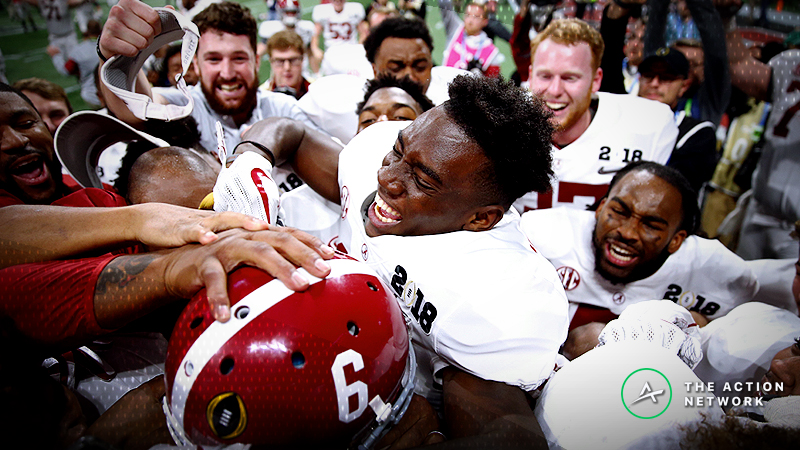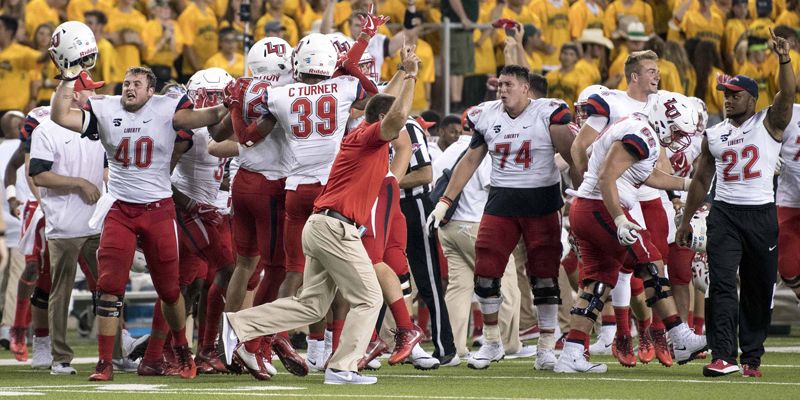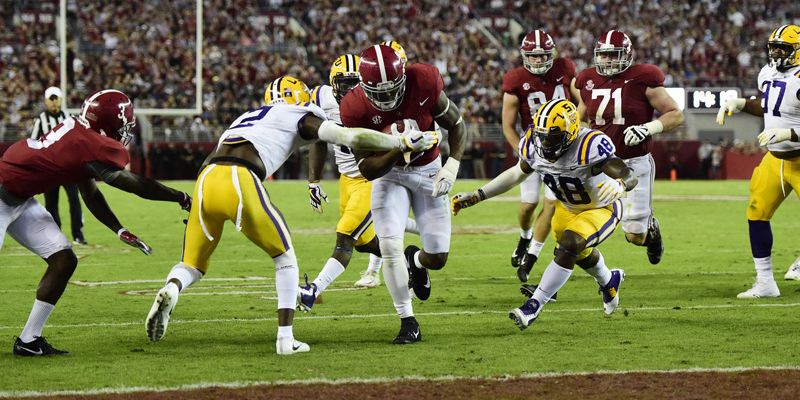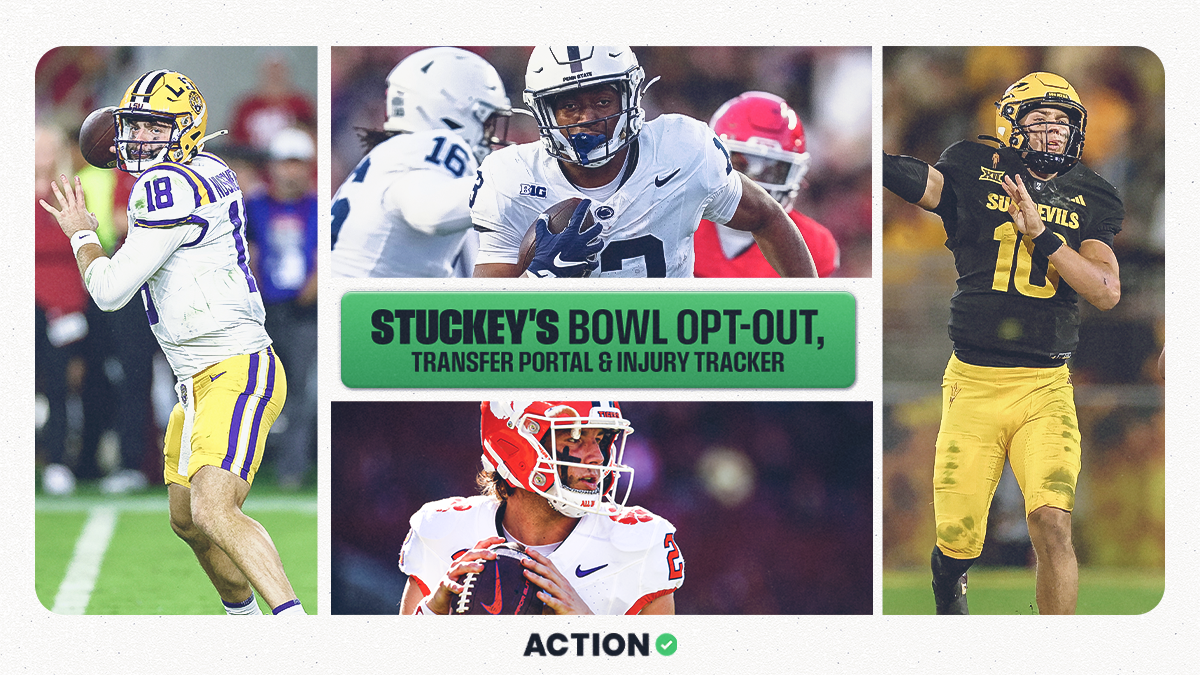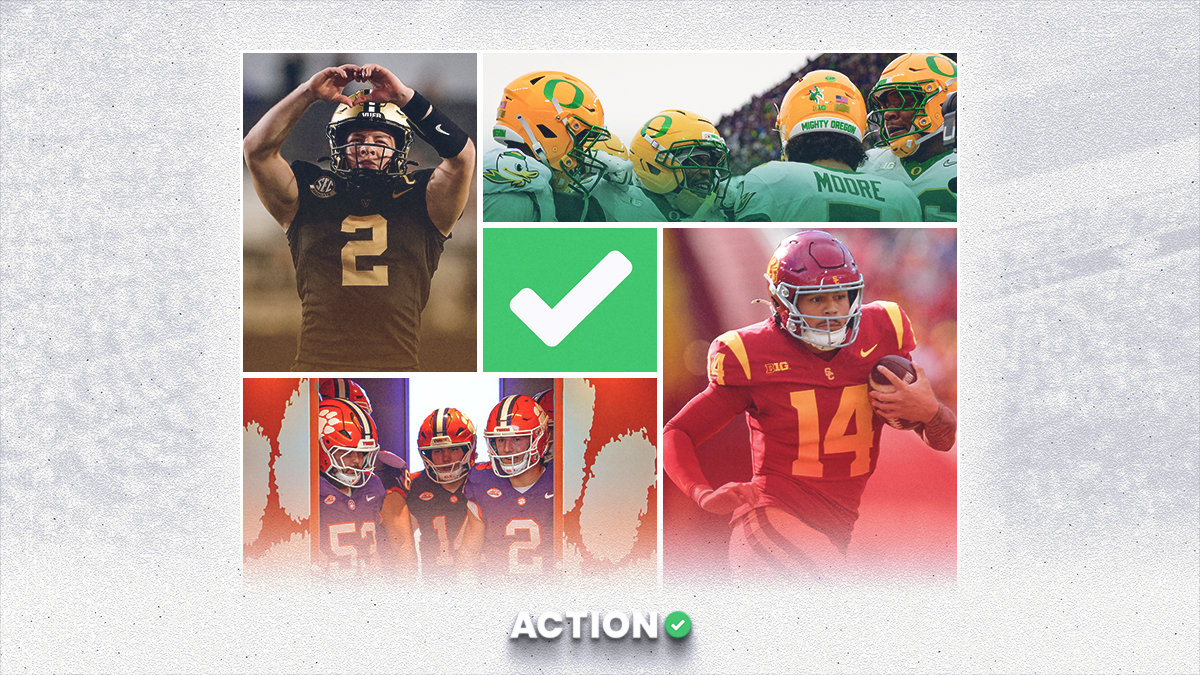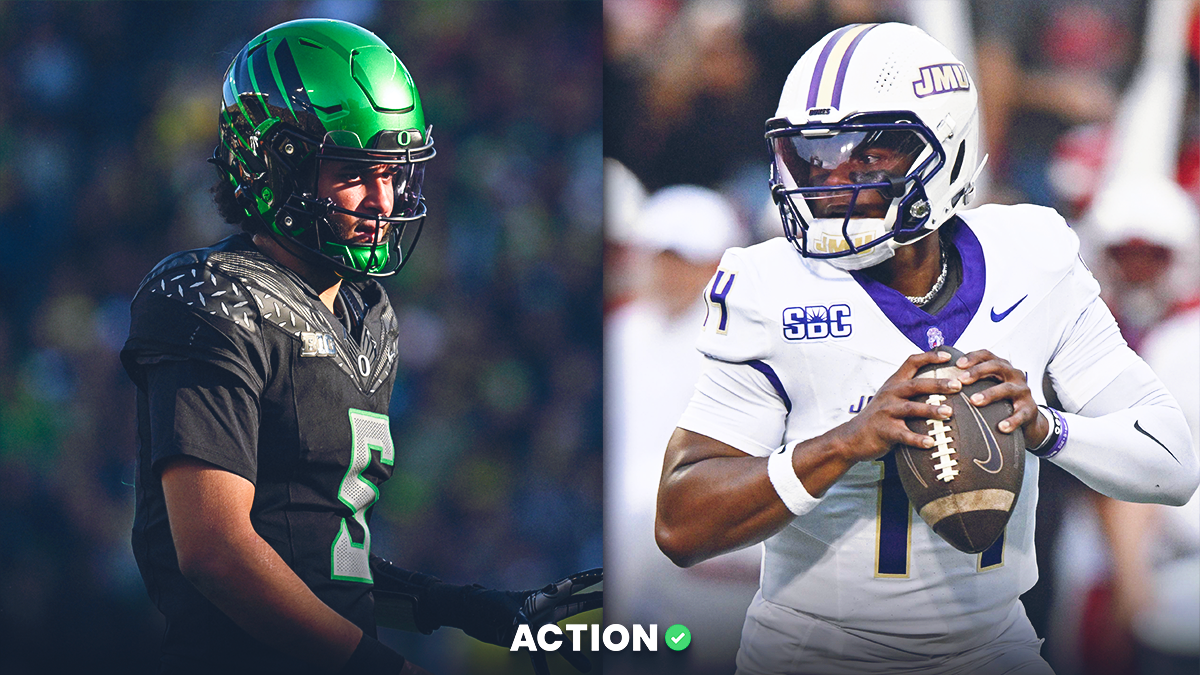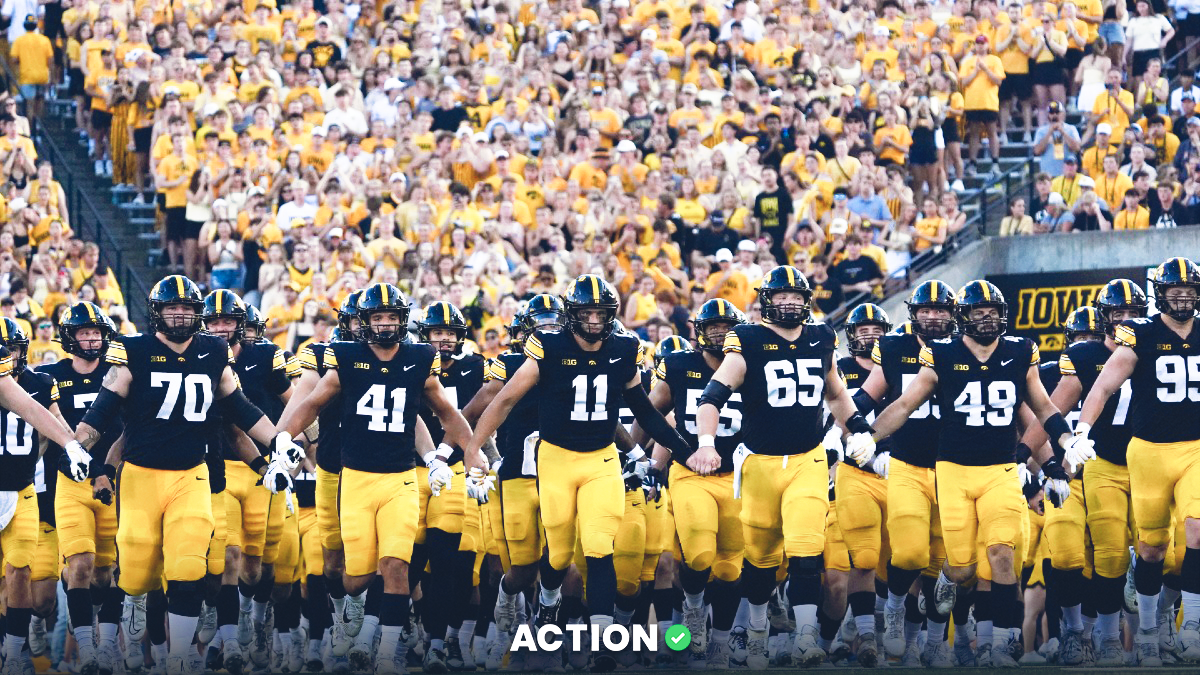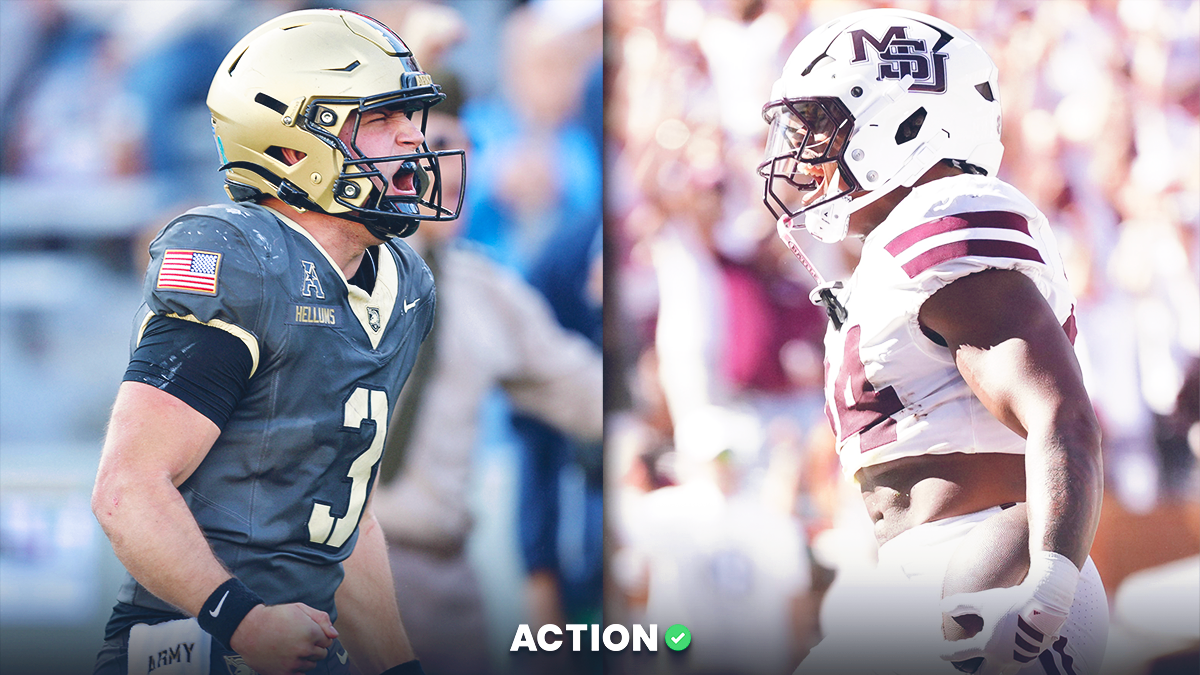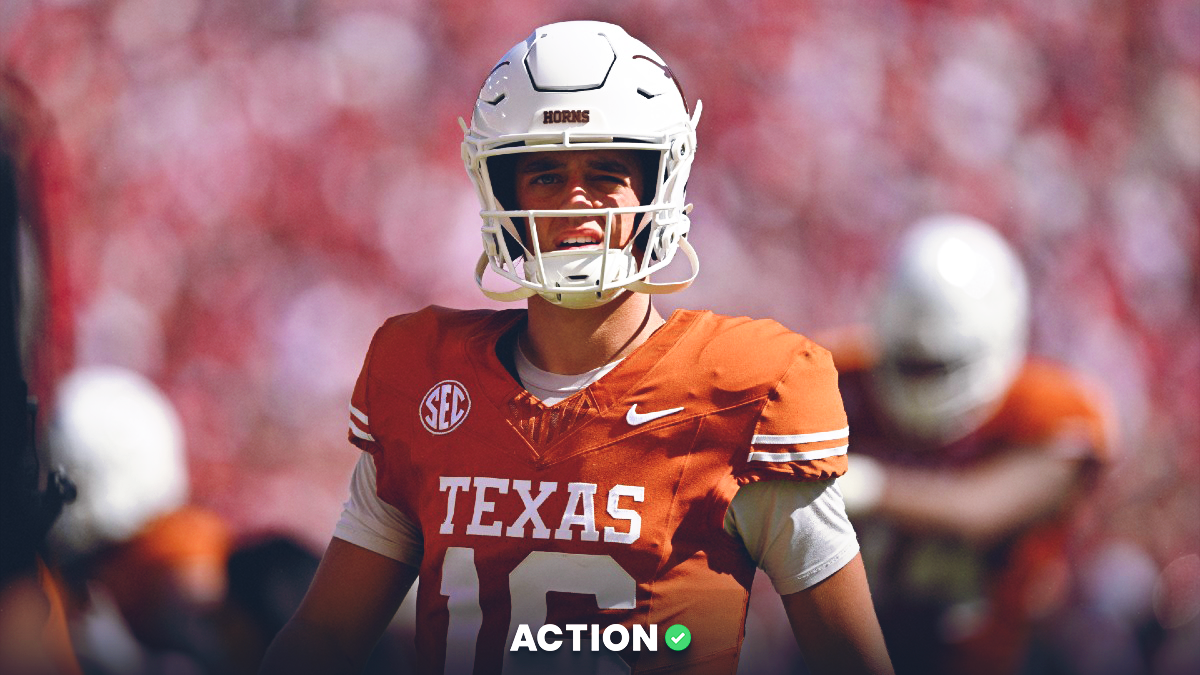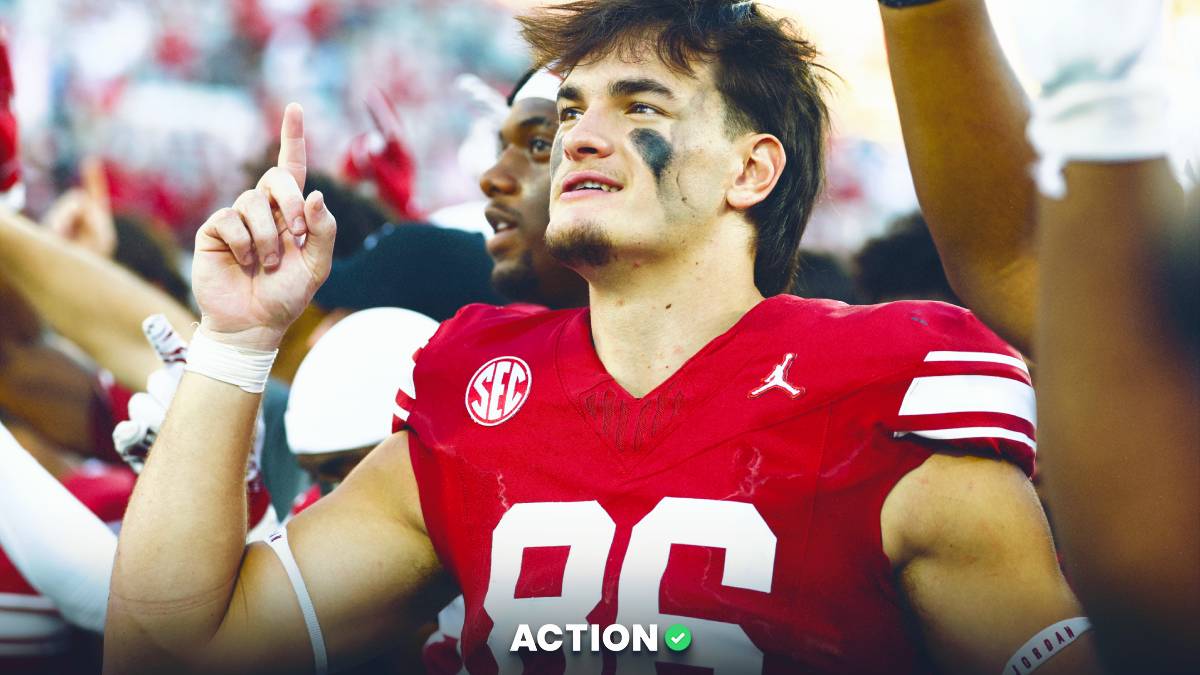- We offer a handful of college football betting tips and strategies that can help bettors win more in 2019.
- Targeting the under in windy games and home favorites after a bye have proven to be profitable strategies over the long term.
- Home-field advantage is an important factor to weigh, but it's often overvalued by bettors.
The dog days of summer are upon us. Fall is right around the corner, and you know what that means: the return of college football.
Unlike baseball, where the majority of bets are placed on the moneyline, college football is predominantly a spread and over/under sport.
Assuming standard -110 juice, this means bettors need to win at a 52.38% rate in order to break even. Anything above that means you're turning a profit.
Without further ado, here are eight easy and profitable college football betting tips to help lead you to Green Dot City this season.
8 College Football Betting Tips
1. Home-Field Advantage Is Overvalued
Playing at home provides obvious advantages. Home teams don't have to worry about traveling and playing in hostile environments. They enjoy the comforts of a familiar stadium with the crowd cheering them on.
Home-field advantage is real, and oddsmakers typically award three points on average to home teams. However, this doesn't change the fact that home-field advantage is overvalued.
Because recreational bettors love betting home teams, oddsmakers will shade lines toward them, causing public home bettors to take overpriced, bad numbers.
Since 2005, home teams have won 58.9% of their games. However, covering the spread is a different story.
Using our Bet Labs software, we found that home teams have gone 4630-4865 (48.8%) against the spread (ATS) since 2005, losing -482.26 units with a -5% return on investment (ROI).
The combination of a losing record and paying the juice means a $100 bettor taking every home team would be down $48,226.
2. Road Underdogs with Low Totals
In addition to home teams, public bettors also love favorites. After all, if an Average Joe is going to bet on a game, he wants to bet on the better team.
This creates increased value on underdogs, specifically road dogs with low totals. Low totals benefit dogs for one simple reason: fewer points make it harder for the favorite to cover the spread.
Since 2005, road dogs with a total of 50 or less have gone 1062-933 ATS (53.2%), winning +73.72 units and a 3.6% ROI. If the total is 45 or less, they've gone 424-353 ATS (54.6%), winning +49.73 units and a 6.2% ROI.
If road dogs with a total of 45 or less are playing a conference opponent, they improve to 284-224 ATS (55.9%), winning +45.70 units with an 8.8% ROI.
Conference dogs perform better than non-conference dogs because of familiarity. They play other conferences teams once a year so they know each other's tendencies, which levels the playing field and benefits the dog.
3. Short Road Underdogs
The most profitable spot for road dogs is when they have a short spread. This means the dog is getting four or fewer points.
Public bettors love home favorites, but they love them even more when they have to win by only a touchdown (or less). This is another way to capitalize on public bias.
Since 2005, road dogs getting four or fewer points have gone 600-508 ATS (54.2%), winning +64.57 units with a 5.7% ROI.
Taking short road dogs to win straight up has been a profitable betting strategy, as well.
Dogs getting fewer than four points have gone 532-598 (47.1%) on the moneyline, which on the surface looks like a losing record. But because of the plus-money payouts, they've resulted in +84.64 units won with a 7.5% ROI.
4. Contrarian Home Teams in Heavily Bet Games
Betting against the public is a sound strategy because more often than not, the public loses.
However, you can't just take every team getting fewer than 50% of the bets. You need to focus on the most lopsided games of the day with the heaviest amount of public action.
Since 2005, home teams getting 40% or fewer bets in games that are receiving at least 2.5x the daily average number of bets have gone 112-84 ATS (57.1%), winning +21.99 units with a 10.8% ROI.
This means if the average game is getting 5,000 bets, this game is getting at least 12,500 bets.
Public bettors always prefer home teams, so when they go the other way and get down heavily on a road team, it creates unique contrarian value on the home team.
5. Follow Reverse Line Movement in Heavily Bet Games
One of the best and easiest ways to locate sharp action is to look for reverse line movement (RLM): when the betting line moves in the opposite direction of the betting percentages (a team getting 30% of bets but moves from +10 to +9).
Since 2005, teams getting 35% or fewer bets in games getting at least the daily average number of bets with at least 1-point of RLM have gone 352-299 ATS (54.1%), winning +35.76 units with a 5.4% ROI.
If the game is getting at least double the average amount of bets that day, teams getting 35% or fewer bets with at least one point of RLM improve to 98-74 ATS (57%), winning +19.77 units with an 11.2% ROI.
6. Home Favorites After a Bye
After a bye, teams are provided much-needed rest and extra time to rehab injuries. Plus, the coaches are afforded more time to prepare for the next opponent.
This disproportionately benefits home teams (because they don't have to travel) and favorites (because they have better players who are coached better).
Since 2005, home favorites off a bye have gone 289-235 ATS (55.2%), winning +38.59 units with a 7.2% ROI. If those home favorites are also ranked, they improve to 90-61 ATS (59.6%), winning +24.30 units with a 15.7% ROI.
7. Hot Overs
Public bettors love taking Overs. It's human nature to want to root for exciting, high-scoring games. Sportsbooks know this and will shade totals with public over bias in mind.
Since 2005, betting every college football over has resulted in massive losses (-456.19 units with a -4.7% ROI). However, we notice a massive discrepancy when it comes to temperature.
If the temperature is 85 degrees or higher, the Over has gone 304-251 (54.8%), winning +34.90 units with a 6.2% ROI. If the temperature is 90 degrees or higher, Overs improve to 81-57 (58.7%), winning +19.23 units with a 13.8% ROI.
The thought process is simple: when it's hot, the defense gets gassed more easily. This benefits the offense and leads to more points.
8. Windy Unders
Before placing your over/under bet, always be sure to check out the weather first. If the wind is blowing, it can have a massive impact, specifically on the Under.
Since 2005, when the wind is blowing at 10 mph or more, the Under has gone 991-829 (54.5%), winning an astounding +112.44 units with a 6.1% ROI.
If the wind is blowing at 15 mph or more, the Under improves to 270-196 (57.9%), winning +60.47 units with a 12.8% ROI.
Why does wind benefit the Under? Because college quarterbacks have weaker arms than professional quarterbacks do, so it's harder to throw in the wind.
As a result, teams will run the ball more and chew up the clock. Also, college kickers aren't very reliable in perfect conditions, so if you add swirling winds, they are more likely to miss kicks wide left, wide right or short.
Track college football live odds, betting percentages and live scoring all season long from our Free Odds Page.


